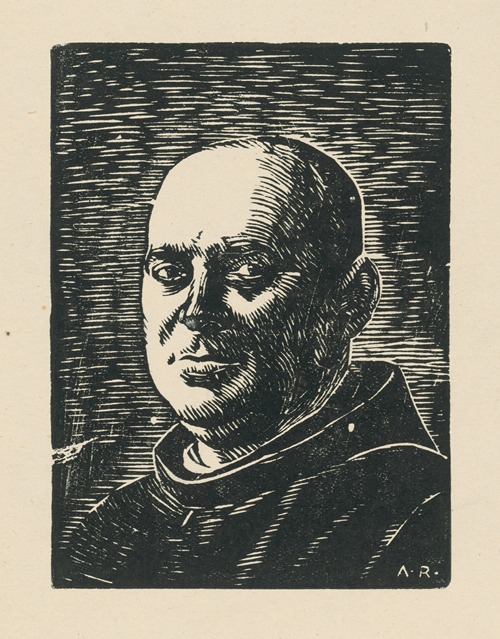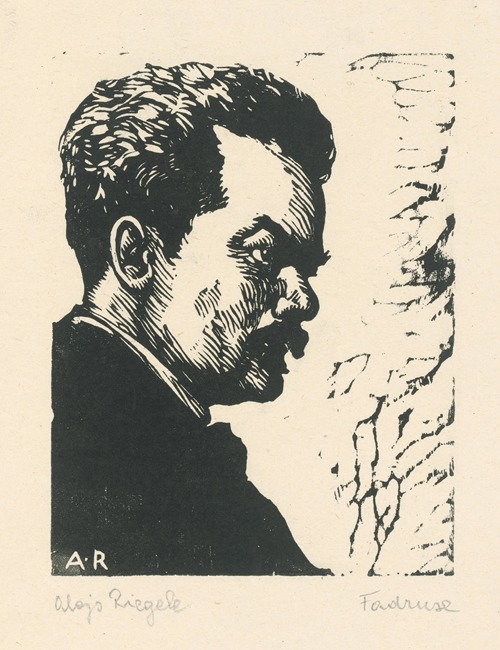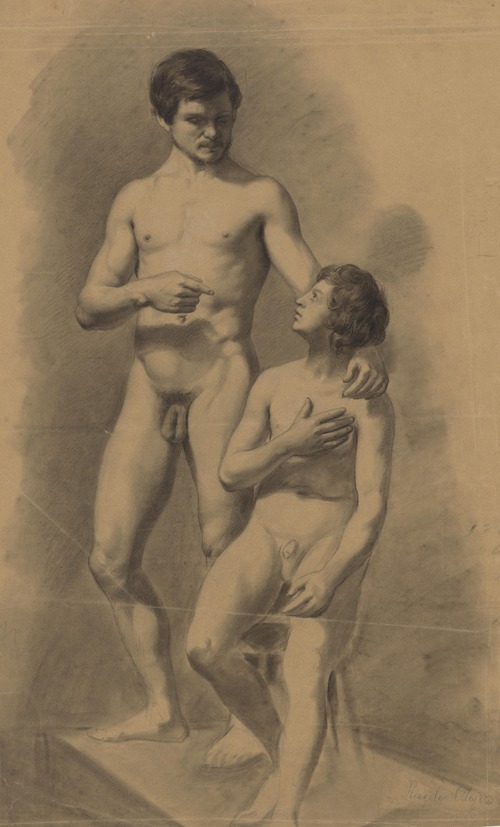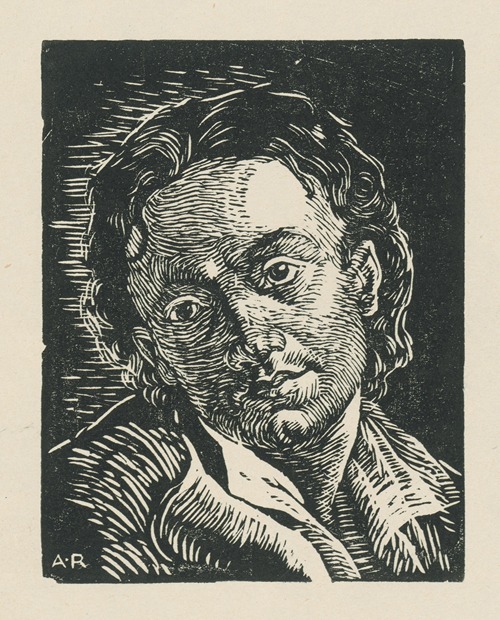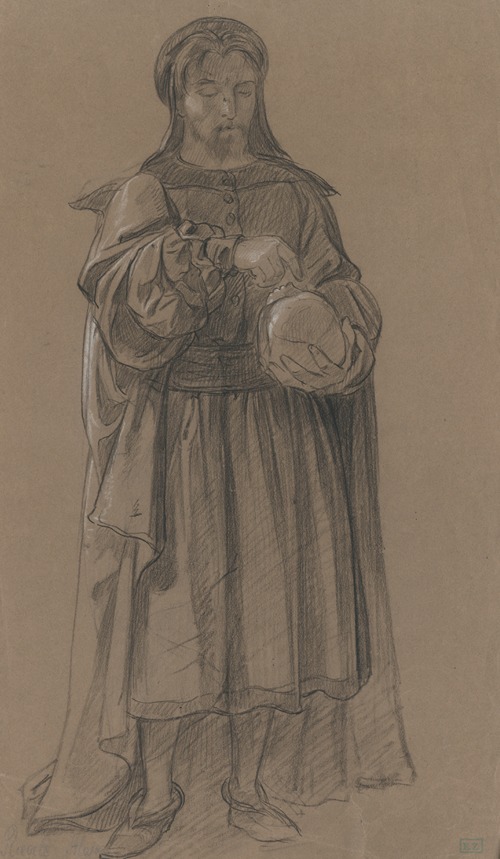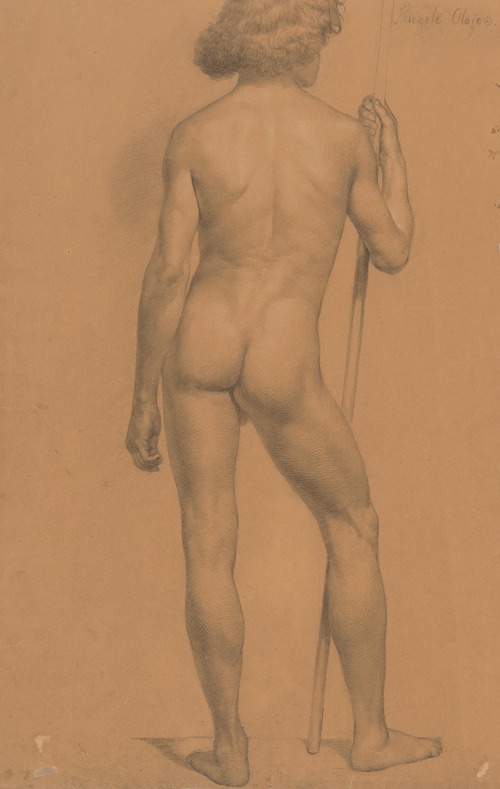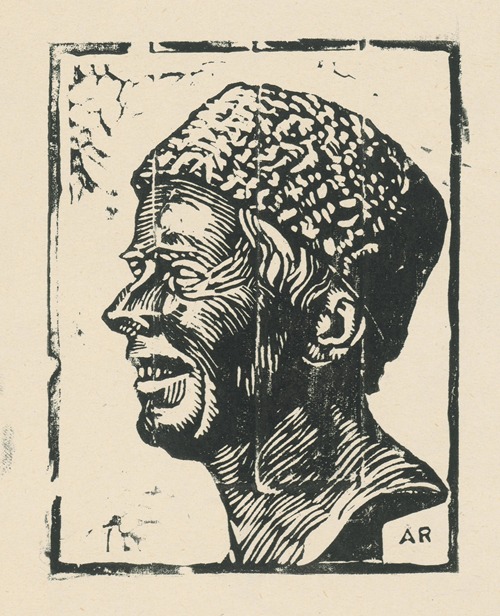
Alojz Rigele was a Slovak sculptor and painter. He spent most of his life working in today's Bratislava, where numerous examples of his statues survive to this day. Rigele was considered to be among the leading sculptors in Slovakia before World War I. His specialty was sculpture, especially portrait.
Together with Robert Kühmayer, Jozef Arpád Murmann and Alojz Stróbl, Alojz Rigele was part of a group of famous artists that influenced the art and architecture of the city of Bratislava. This older generation of sculptors born before the 1900s often represented historical and social themes. Rigele was an active member of the Pressburger Kunstverein group and the Bratislava Beautification Association. The Alchymist from approximately 1920 is considered to be among Rigele's finest sculptures.
Alojz Rigele was born in 1879 in Pressburg (today Bratislava). His early education was at the modelling studio of the Bratislava decorative sculptor Adolf Messmer. He started exhibiting his works at Bratislava exhibitions since 1899. He studied at the Academy of Fine Arts Vienna from 1901 to 1908 under professor Jan Bitterlich and professor Edmund von Hellmer. As a winner of Péter Pázmány's epitaph in 1907, Rigele got a 2-year study opportunity at Rome where he lived from 1908 to 1910. In 1911, Rigele settled in Bratislava.
He was a prolific author who took a large number of orders of varying scope, which resulted in the varying quality of his output. He created most of his works between 1897 and 1938. He received and declined numerous offers for professorship at universities in Prague and Budapest. Despite the arguable quality of some of his artworks, he never succeeded financially and he was not able to acquire his own professional studio. Alojz Rigele died in poverty in Bratislava in 1940.
Numerous statues survive in public spaces particularly in Bratislava, but also in over 50 villages and towns in Slovakia, Austria and Hungary. Many of Rigele's statues and paintings are preserved at the Bratislava City Gallery, Slovak National Gallery and the Bratislava City Museum.
